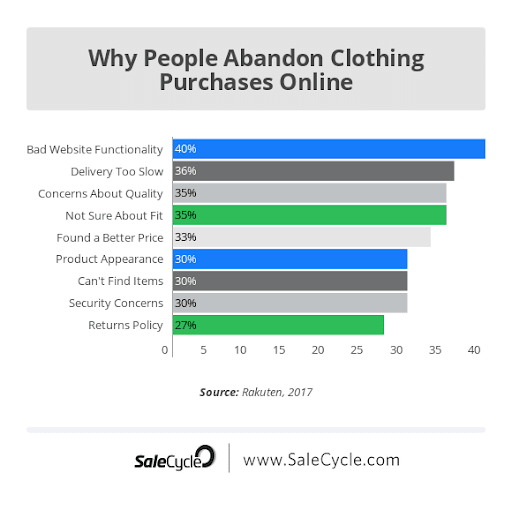With the eCommerce boom, traction towards online payment gateways has seen a surge. Even the B2B transactions that were mostly cheque-based have seen a steep fall in paper transaction usage.
According to the AFP Electronics Payment Survey, cheques accounted for 42% of total transactions, which is relatively low. The survey also suggests that 72% of respondents believe in APIs, or Application Programming Interface to significantly impact such transactions.
An API is a set of protocols that dictate data exchange between heterogeneous systems. Payment gateway security is an essential aspect for businesses of multiple domains to infuse confidence in customers.
According to a report, 30% of people don’t buy clothes online due to security concerns, and it is why you should have proper payment security systems in place. As APIs help integrate these payment options into eCommerce platforms, security becomes more critical. So, let’s understand what is payment API security and how to achieve it?
What is Payment API Security?
Online payment needs a gateway to complete the checkout process. Securing the payment APIs requires to mitigate vulnerable touchpoints during the transaction. A payment API security is all about providing reliable solutions to ensure the transactions are highly secure and induces customer confidence through a smooth experience.
There are two types of the online payment process that every customer goes through,
- Payment gateway
- Payment processing
A payment processor furnishes essential information regarding the account to the issuing bank that validates a consumer’s request for funds. At the same time, payment gateways not only include the payment processing activity but also authorizes the entire transaction between a buyer and a seller.
The interaction between a buyer and seller or even the issuing bank is executed through an API. So, securing an API is quintessential for your online payments, whether it’s merely for payment processing or a payment gateway.
Take an example of the famous Cambridge Analytica - Facebook security breach of about 60 million accounts. Cambridge Analytica misused Facebook’s API to access social data and to which the biggest social media platform has to suspend the account.
Let’s look at some of the critical solutions that you can use for payment API security.
Documenting the updates
When you update the API security patch on your application or websites, it becomes paramount to document each API execution. When you update the API patch, older and less secure APIs can be vulnerable to attacks. So, it becomes essential to identify such API patches and replace them with secure ones. When you are documenting every API update, identifying an underlying patch that is not secure becomes easy.
User Authentication
Authentications are one of the most non-secure elements in any online payment system. 42% of firms faced security breaches in 2019 due to insufficient user authentication passwords. One way to ensure security during the user authentication process is to deploy tokenization.
Tokenization is a process of replacing sensitive user data with non-sensitive data. Most of the firms use the tokenization process to replace user data with a string of numbers representing information but do not reveal it.
A tokenization service securely stores the consumer's card data and generates a token or a unique identifier. The merchant uses such a token to charge users for purchases they make. Most of the Token Service Providers or TSP offer customized tokens for merchants.
Such payments need secure tokenization services and platforms to help mask PAN(Permanent Account Number) for credit cards/ debit cards during user authentications. Such processes ensure that even if the token environment gets attacked by hackers, they only receive non-sensitive information.
Functional Authorization
Authorizing the call function for a user request must be done with adequate scrutiny because it secures the user data on your platform. For example, Facebook made a mistake by not attending a photo function API bug and exposing over 60 million user images on 1500 different apps.
Every user request for data is fulfilled through an API call function. Now, each call for API function needs authorization protocols that authorize and execute the functionality. Take the example of saving a Facebook user's profile picture.
If a user requests an API function through a call to download or save another person's profile picture, the authorization protocol must dictate whether to authorize it or not. As we know now, Facebook offers a profile picture shield function to avoid such a scenario.
Signing Off
Payment API security is closely related to securing the interactions of users, merchants, issuing banks, sellers, and others. From user authentications to API documentation, there are many other API Security best practices that you can employ to secure your payments.
It is essential to consider the business need, platform, and type of payment gateway that you use. For example, web API security is suitable for securing an eCommerce website, but a native mobile app will need a different solution altogether.









Top comments (0)